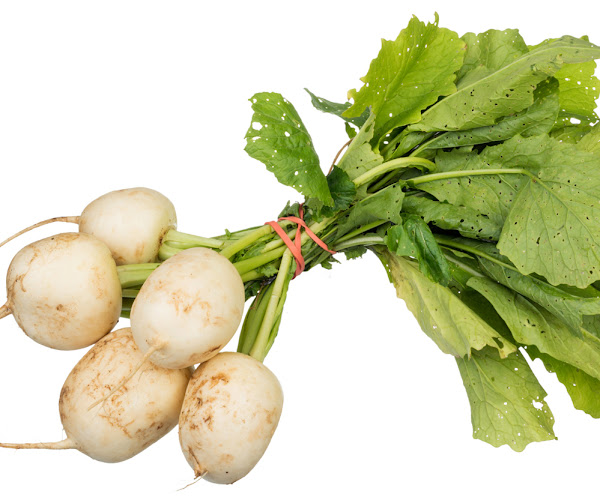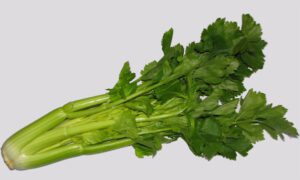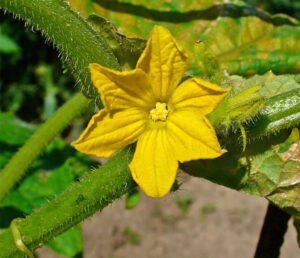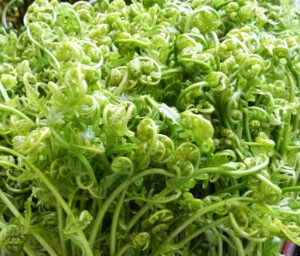Growing turnips organically in home garden is very easy. The plants grow and mature faster and you can enjoy both the roots and the greens of the plants.
That’s why growing turnips is very popular among the home gardeners. And turnips do very well along with some other root vegetable such as carrots and radishes.
Turnip (Brassica rapa Rapifera Group) is a root vegetable that is generally grown in the temperate climates worldwide for it’s white bulbous taproot.
It is also known by some other names such as white turnip, neep, rutabaga, swede etc.
Turnip plants are very hardy and fast growing. You can expect harvesting the bright greens within a month.
And within second month after planting you can expect harvesting the roots. These are the most notable benefits of growing turnips in home garden.
How to Start Growing Turnips
Growing turnips is very easy and you can definitely grow this vegetable in your home garden. Most of the beginner gardeners should try growing turnips in their home garden.
Here we are describing everything about growing turnips organically in home garden from planting, caring to harvesting.
Choose a Variety
First of all, you have to choose the right turnip variety for growing in your home garden. There are actually many different turnip varieties available, but you have to choose the right variety.
So you can consult with some of your local home gardeners for better recommendation.
Some common and popular turnip varieties are Green Globe, Yellow Globe, York Globe, Purple Top White Globe, Just Right etc.
If you want to start growing turnips mainly for their greens, then any variety will be good for you.

Purchase Seeds
After selecting the right variety, purchase the seeds from your local seed supply store. You can also consider ordering the seeds online. Today there are several suppliers available with online stores.
Best Time for Growing Turnips
Turnips grow well in temperate climates around the world. They are actually a cool-season vegetable and can be grown both in spring and fall (just avoid the hot summer months).
Preparing the Soil
Turnips grow well in loamy or sandy-loamy soil with lots of organic materials available in the soil. The soil needs to be well drained and access to full sun.
Turnip seeds are sown directly in the soil, so you have to prepare the soil perfectly.
Before planting seeds, prepare the soil by mixing a layer of good homemade compost or well-rotted aged manure. Adding some sand will be good if you have clay soil.
Planting
You will need to sow the seeds directly into the ground for growing turnips. Because the turnips seedlings don’t transplant well.
Sow the seeds directly into the ground and cover the seeds with about 1/2 inch soil. Water the bed after sowing seeds.
Sowing the seeds in rows will be good, and space about 12 inches between the rows.
Turnip seeds will germinate very fast. Thin the seedlings 4-6 inches apart once the seedlings are about 4 inches tall. If you are growing turnips for greens, then space the plants 2-3 inches apart.

Caring for the Turnip Plants
Additional caring for the turnip plants will result in good growth of the plants and better production.
So you should take additional care for the plants. Here we are describing more about the caring steps for growing turnips.
Fertilizing: Additional fertilization is not required for growing turnips. If you have already prepared the soil in above mentioned ways, then you are good to go.
Watering: Water immediately after planting the seeds. Keeping the soil moisture consistently is important. Turnip plants require lightly moist soil, so you will need to water the plants at a rate of 1 inch per week for preventing the roots from becoming tough and bitter.
Mulching: Mulching heavily will help to keep the soil moist. It will also helps to prevent weeds from the bed. So mulch heavily with straw, dry leaves or compost (which one is handy).
Thinning: Turnip plants are grown from seeds. So thinning is required. Thin the plants 4-6 inches apart once they have reached about 4 inches height.
Controlling Weeds: Weeds consume most of the nutrients from the soil, so controlling weeds is important. If you mulch heavily, then you will be able to avoid most of the weeds. Use a hoe if you notice additional weeds.

Pests and Diseases
Like many other vegetables, turnips are also susceptible to some common garden pests and diseases.
Aphids, downy mildew, powdery mildew, flea beetles and root maggots are some common problems for growing turnips organically in home garden.
Use organic pesticides or other homemade solutions for controlling these problems.
Harvesting
You can enjoy both the greens and roots of the turnip plants. After one month from planting, you can start harvesting the green leaves.
The leaves taste best when they are young and tender. In case of harvesting roots, you can actually harvest at any time when the roots reach your desired size.
But the young turnips are much nicer and more tender than the matured one.
These are the easy steps for growing turnips organically in home garden. Hope you have enjoyed this guide. Happy gardening 🙂






